Quick Answer: Autumn leaves change color because trees stop producing the green pigment chlorophyll, revealing underlying yellow and orange pigments. They fall off through a controlled process to help the tree conserve water and energy to survive the winter, and their decomposition recycles essential nutrients back into the soil.
A Tapestry of Gold: Why Leaves Change Color in Autumn
Every year, as summer fades, nature puts on one of its most breathtaking shows. Forests and parks transform from a sea of green into a vibrant mosaic of gold, orange, and red. This spectacular display of fall foliage isn’t magic; it’s a beautiful and complex chemical process. But why do autumn leaves change color? The answer lies in a combination of chemistry and the tree’s preparation for winter.
Throughout the spring and summer, leaves are the tree’s powerhouse. They are packed with a pigment called chlorophyll, which is essential for the process of photosynthesis. Chlorophyll is incredibly effective at absorbing sunlight to create energy for the tree, and its presence gives leaves their characteristic green color. During these bright, warm months, chlorophyll is so abundant that it masks other pigments present in the leaves.
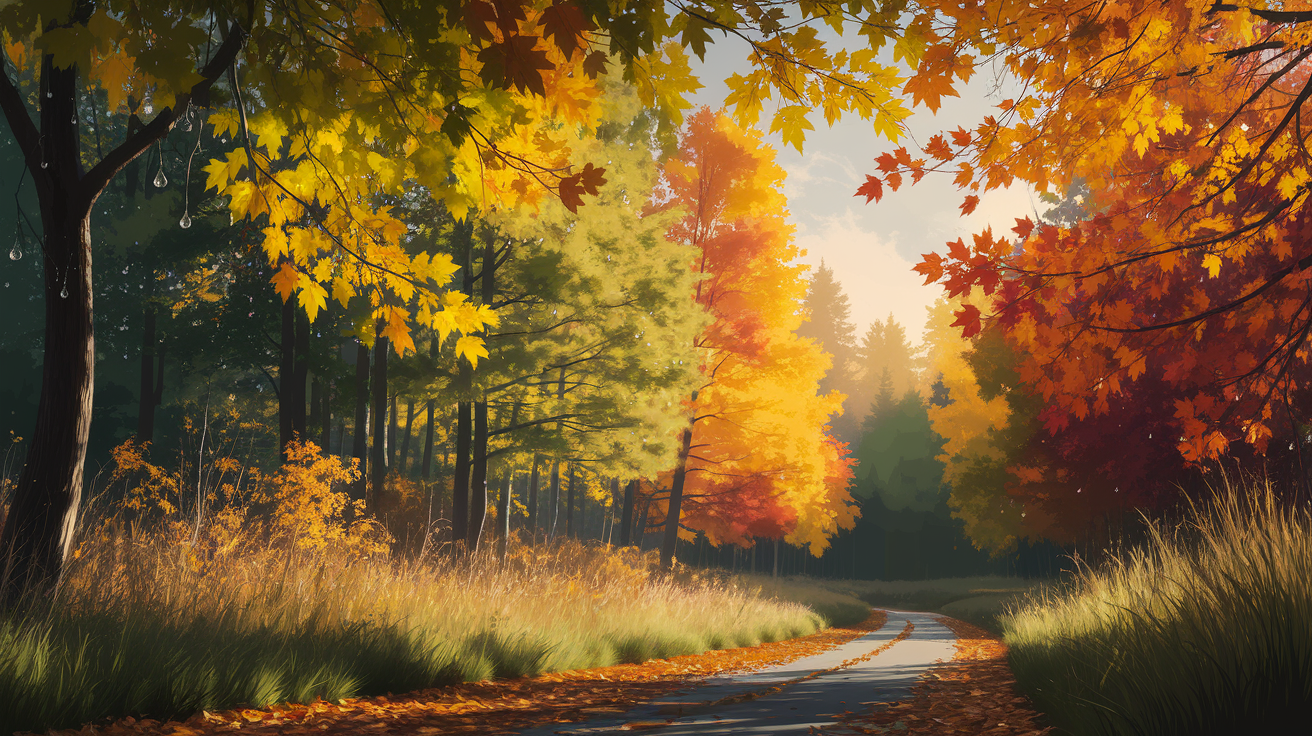
As autumn approaches, the days grow shorter and the temperature drops. These environmental cues signal the tree that it’s time to prepare for winter. In response, deciduous trees begin to slow down and eventually stop producing chlorophyll. As the dominant green fades away, other pigments that were there all along finally get their moment to shine.
The Hidden Colors Revealed
- Carotenoids (Yellows and Oranges): These pigments are present in the leaves year-round, contributing to photosynthesis, but are hidden by the overwhelming amount of green chlorophyll. When chlorophyll breaks down, the brilliant yellows and oranges of carotenoids become visible. Trees like aspen, birch, and hickory are famous for their stunning golden hues thanks to these pigments.
- Anthocyanins (Reds and Purples): Unlike carotenoids, these pigments are not always present. They are produced in the late summer and autumn, particularly in response to bright light and cool temperatures. A stretch of sunny autumn days followed by chilly (but not freezing) nights creates the perfect conditions for producing the most vibrant reds and purples. This is why the intensity of fall scenery can vary so much from year to year depending on the autumn weather. Maple, dogwood, and sumac trees are well-known for their spectacular red foliage.
The combination of these pigments results in the rich, deep colors we associate with the season, turning a simple walk in the woods into an experience of natural art.
The Art of Letting Go: How and Why Leaves Fall
Have you ever wondered why leaves fall in autumn? It might seem like they simply wither and break off, but the process of leaf dropping, known as abscission, is a highly controlled and deliberate act. It’s the tree’s way of making a conscious decision to shed its leaves to survive the harsh winter months.
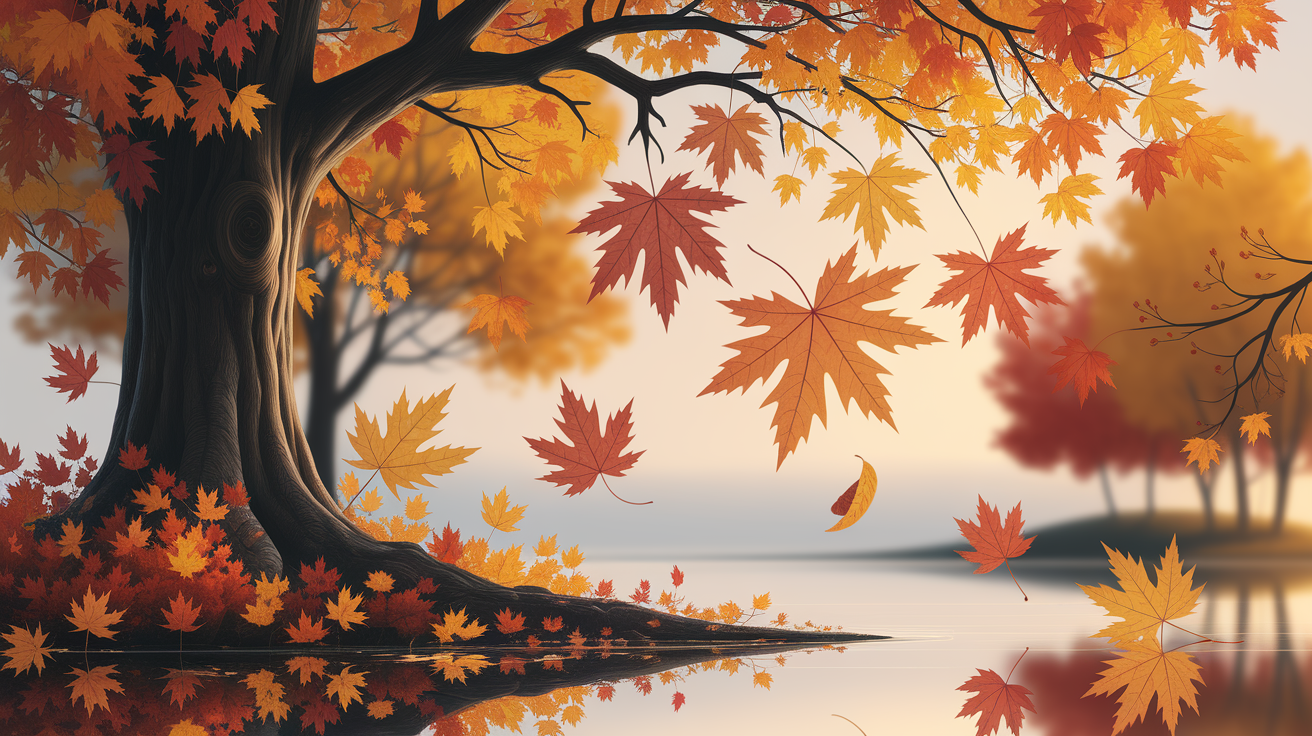
As the days shorten, trees produce specific hormones that trigger the growth of a special layer of cells at the base of the leaf stem, right where it connects to the branch. This is called the abscission layer. Think of it as a pre-planned cut. This layer has two key functions:
- Separation: It gradually severs the connection between the leaf and the rest of the tree. This cuts off the flow of nutrients and water to the leaf, causing it to die. Eventually, wind or rain is all it takes to break the weakened connection and send the leaf fluttering to the ground.
- Protection: As the leaf separates, the abscission layer forms a protective, corky scar on the branch where the leaf used to be. This “wound” is sealed immediately, preventing the tree from losing precious water and protecting it from diseases, fungi, and pests that could enter.
This controlled mechanism is a brilliant evolutionary strategy that ensures the tree can shed its vulnerable parts without harming itself.
Nature’s Recycling Program: Decomposition and Nutrient Return
A pile of fallen leaves might look like yard waste to us, but for a forest, it’s a vital part of a sustainable ecosystem. When leaves fall, their job isn’t over. They become a key component of nature’s recycling program, returning essential nutrients to the very soil that nourished the tree all year.
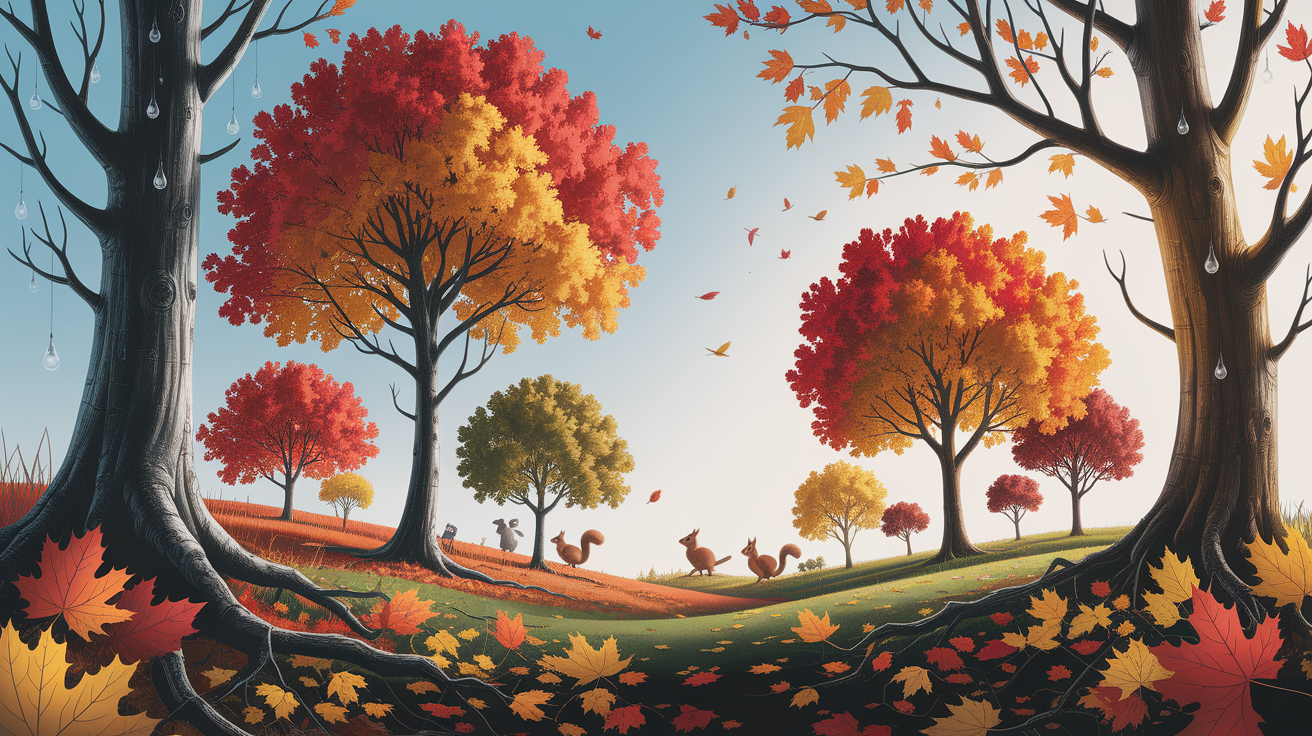
Once on the ground, a host of organisms—including bacteria, fungi, worms, and insects—get to work breaking down the fallen leaves. This decomposition process releases valuable minerals and organic matter back into the soil. Over time, this creates a rich, spongy layer called humus.
This humus is critical for forest health. It acts like a sponge, helping the soil retain moisture, and it’s packed with the nutrients trees need for the next growing season. By shedding its leaves, a tree is essentially fertilizing itself, ensuring it has the resources to burst forth with new life in the spring. For gardeners, this natural process provides a great lesson: composting leaves is one of the best ways to create a nutrient-rich amendment for your own soil, turning seasonal cleanup into a benefit for your plants.
Preparing for Winter: How Leaf Drop Aids Tree Survival
For deciduous trees in temperate climates, winter is a season of scarcity. The low light and frozen water make photosynthesis nearly impossible, turning leaves from assets into liabilities. Holding onto them would be a massive waste of energy and resources.
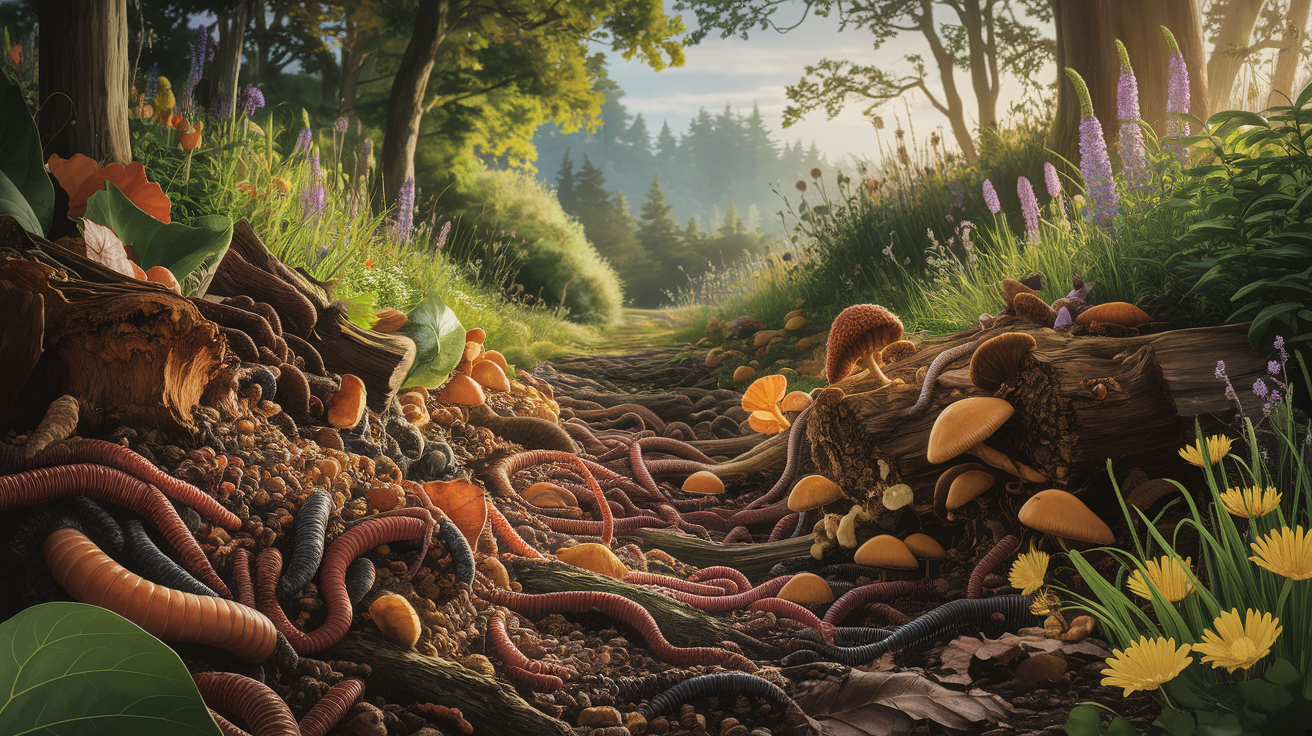
Leaves have a high water content, and if they remained on the tree, the water inside them would freeze, severely damaging the tree’s tissues. Furthermore, broad leaves would continue to lose water to the dry winter air, but the tree would be unable to replace it from the frozen ground. Dropping leaves is an essential act of energy and water conservation.
By shedding their leaves, trees enter a state of dormancy, which is similar to hibernation in animals. Their metabolism slows down, and they live off the stored energy they produced during the summer. This preparation is a common theme in nature during autumn. While trees are shedding their leaves, many animals are also getting ready for the cold. For example, some insects have fascinating survival strategies, like the fireflies that spend the winter as larvae underground, waiting for the warmth of spring. You can learn more about how other organisms prepare for winter to see just how widespread these seasonal adaptations are.
Autumn’s Final Bow: Embracing the Fall Leaf Phenomenon
From the first hint of gold on a maple leaf to the last brown oak leaf clinging to a branch, the journey of autumn leaves is a testament to nature’s efficiency and beauty. It’s not a story of decay but one of preparation, renewal, and survival. The vibrant colors are a temporary farewell, the leaf drop is a strategic retreat, and the decomposition is a gift to the future.
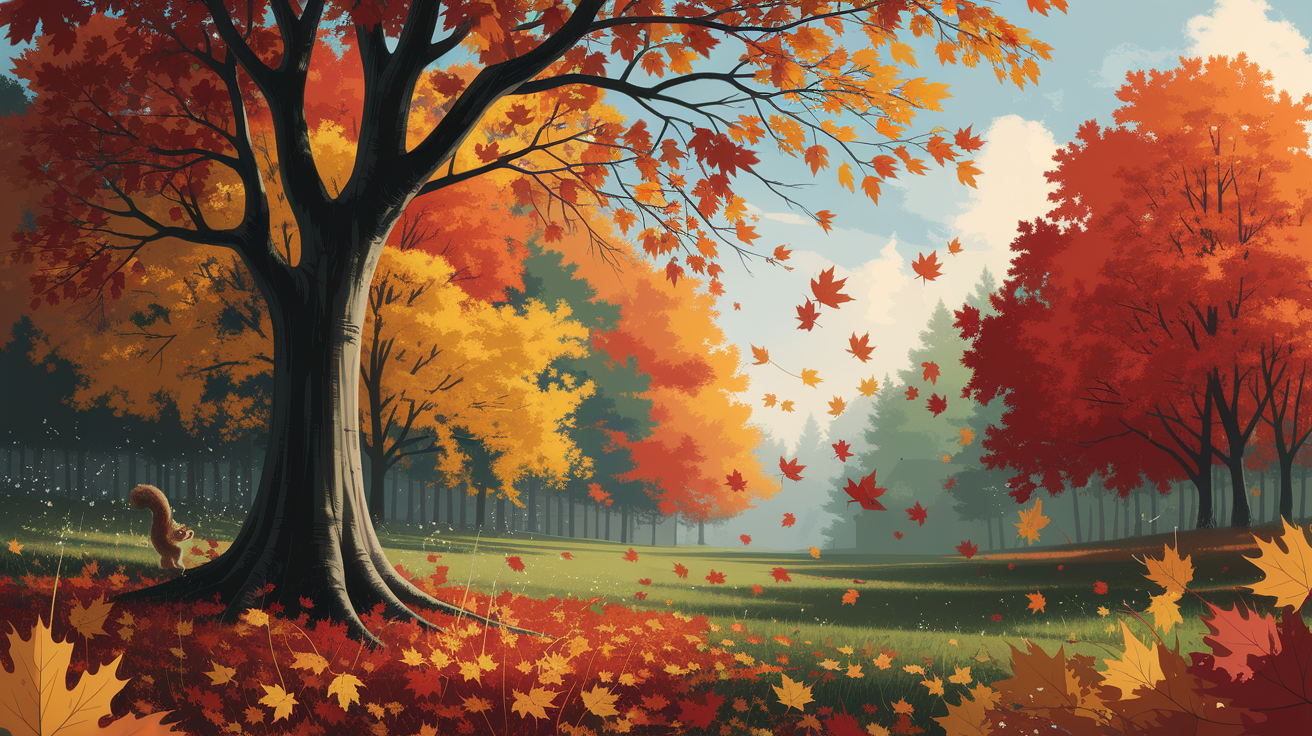
The next time you go for a fall hike or find yourself raking leaves, take a moment to appreciate the incredible science at play. You’re witnessing a perfectly orchestrated cycle that has allowed forests to thrive for millennia.
Tips for Enjoying the Season:
- Go Leaf Peeping: Plan a trip to local parks or forests known for their fall colors. Areas like New England, the Appalachian Mountains, and the Pacific Northwest are famous for their fall foliage.
- Check Foliage Reports: The best time to see fall colors varies by geography and weather, but generally falls between late September and early November. Look up online foliage trackers for your region to time your visit perfectly.
- Get Crafty: Try preserving autumn leaves for crafts. Pressing beautiful leaves between wax paper is a classic way to capture the season’s beauty.
Embracing the fall leaf phenomenon means understanding that this final, brilliant bow is not an end, but a crucial and beautiful part of a never-ending cycle of life.













